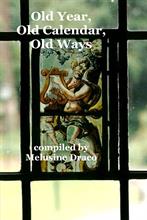
The Celtic names now in popular use for the Wheel of the Year were only adopted in the 1970s by the neo-Wiccan movement who objected to the traditional Craft use of Church festival names: Candlemas, Roodmas, Lammas, Hallowmas, etc.. But since these festivals were originally pagan and absorbed into early Christian doctrine it meant that people could be open about their faith and use the names in common conversation – thus they passed back into traditional witchcraft and remain another direct link with the Ancestors through continued usage within traditional British Old Craft.
Likewise, in Ireland today they openly refer to Beltaine and Samhain as the time of the year in Gaelic and not with any Craft connotations because the Celtic year was simply divided into a bright half and a dark half. As the day was seen as beginning at sunrise, so the year was seen as beginning with the arrival of the bright half of the year starting at Calan Haf/Beltaine (1st May, in the modern calendar) when cattle were taken out to the summer pastures. The observance of festivals beginning the evening before the festival day is still seen in the celebrations and folkloric practices among pagans, such as the traditions of Beltaine Eve, Midsummer Eve, Lammas Eve, etc.
Since ancient methods of recording time passing were based on the agrarian calendars, it stands to reason that most of our traditional festivals are geared towards the farming cycle since witchcraft dates to well before the Industrial Revolution when there were mass migrations from the countryside. This means thinking outside the box for modern witches when we talk about ‘seed-time and harvest’ since many urban pagans are unable to relate to these everyday country matters. Nevertheless, as this is the time for new beginnings we can think in terms of our ‘seed time’ as being a metaphorical approach to new ideas, renewed ambitions, and fresh approaches in our career or domestic affairs but the old calendar gives us yet another direct link to the Ancestors.
May Day celebrations have always been an excuse for enjoyment and pleasure and the Compass working should reflect light-heartedness and thanksgiving. Although Roodmas in the Church calendar is a rather sombre affair commemorating the discovery of the ‘true cross’, we suspect it had something to do with replacing the may-pole as the symbol central to the day’s celebrations;
no doubt in order to temper the natural pagan exuberance for the festival. As we are working in conjunction with the Julian calendar we can use a 17th century poem and conduct a magical cleansing and protection rite for our home. Robert Herrick’s The Old Wives Prayer gives an example of the beliefs and language of the time - and can still be used as a protection spell today:
Holy-Rood, come forth and shield
Us i’ the’ city and the field;
Safely guard us now and aye,
From a blast that burns by day,
And those sounds that us affright
In the dead of dampish night;
Drive all hurtful fiends us fro,
By the time the cocks first crow.
The community pagan symbol for May Day was, of course, the may-pole, which was found primarily in England, and in areas of the Scottish Lowlands and Wales that came under English influence. The earliest recorded evidence comes from a Welsh poem written by Gryffydd ap Adda ap Dafydd in the mid-14th century, in which he described how people used a tall birch pole at Llanidloes in central Wales; while literary evidence for maypole customs increase in later decades, and ‘by the period 1350-1400 the custom was well established across southern Britain, in town and country and in both Welsh-speaking and English-speaking areas’, according to The Stations of the Sun: A History of the Ritual Year in Britain. Few of us, we suspect, would be able to obtain a thirty-foot birch tree for the occasion!
In some regions, however, a different maypole tradition existed: the carrying of highly decorated sticks with hoops or cross-sticks, or swags attached, covered with flowers, greenery or artificial materials such as crêpe paper. This tradition is known as garlanding, and was a central feature of May Day celebrations in central and southern England until the mid-19th century and is a more practical adaptation that we can use within our Craft celebrations as a lead-up to Old Beltaine. It can even be hung on the front door where the Yule wreath will later mark the Mid-Winter festival.
Even more traditionally, the Beltaine festival actually fell about halfway between the Vernal Equinox and the Summer Solstice and historically marked the beginning of summer when cattle were moved to summer pastures. Rituals were performed to protect the livestock, crops and people, and to encourage growth; special bonfires were kindled, and their flames, smoke and ashes were all deemed to have protective powers. The people and their animals would walk around the bonfire or between two bonfires, and sometimes leap over the flames or embers. All household fires would be doused and then re-lit from the Beltaine bonfire. These gatherings would be accompanied by a feast with some of the food and drink being offered to the Ancestors and the deity of the harvest.
With climate change now affecting the seasons, there can be a problem in celebrating Beltaine if the May blossom isn’t in bloom. Why? Walk past a hedgerow when its coming into bloom and we breathe the spicy, almond-like scent of the flowers which has been prized for centuries by perfumers because hawthorn blossom exudes a heavy musky fragrance with sexual undertones … so it’s not surprising that rural mothers wouldn’t let it in the house … something rarely acknowledged in folklore, but implicit in much of the popular culture of the hawthorn and its associations with witchcraft. This is why in Craft-lore it is deemed important that the festival coincides with the early flowering when the blossoms give out that strangely disturbing but unmistakable perfume.
Or as our Principal says: ‘If the hawthorn’s not in bloom it ain’t Beltaine!’
Leave it until the flowers are fully open, however, and they begin to give off another unsettling smell – one of death. Once the hawthorn has become covered with beautiful spring blossoms these can have a most unpleasant odour. With a smell described as that of decomposing flesh, even the bees are reluctant to pollinate the flowers; when animal flesh begins to decompose it forms trimethylamine, a colourless gas with a strong, fishy, ammonia-like odour. Research has found that the hawthorn flowers produce this same chemical. Travelling on air currents to reach pollinators near and far, this odour assures the pollination of the flowers, the setting of fruit and seed production, creating the next generation of hawthorn.
Phillip Wright
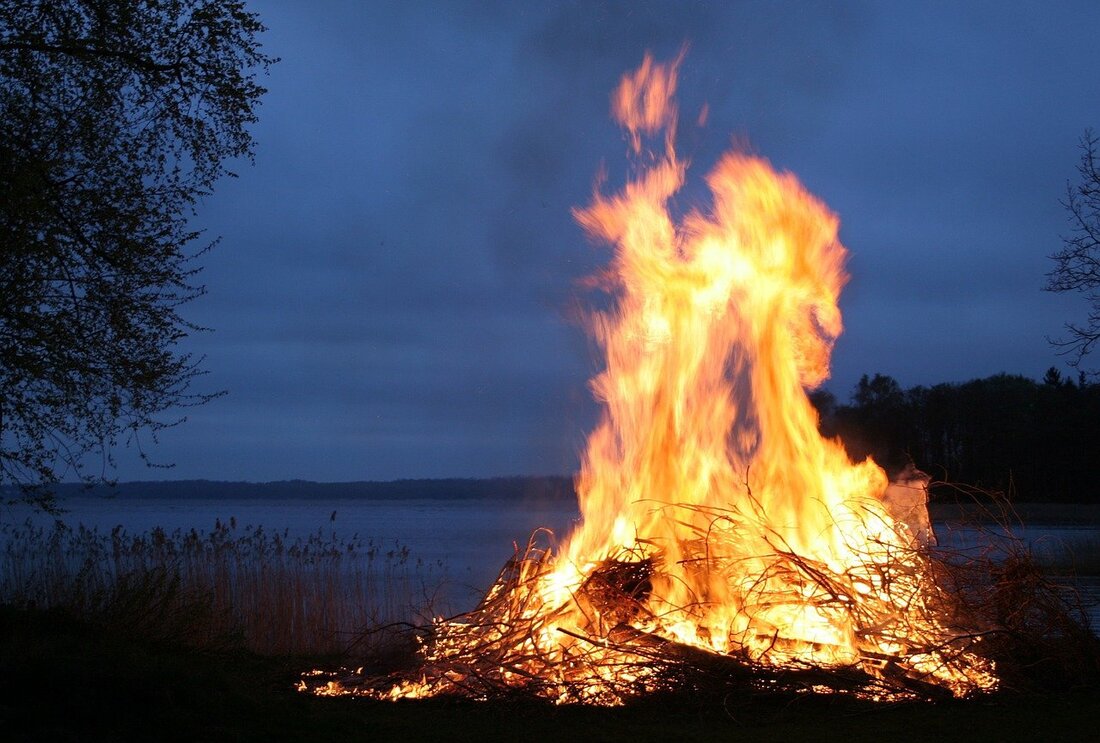
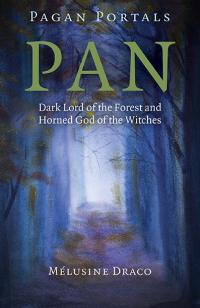
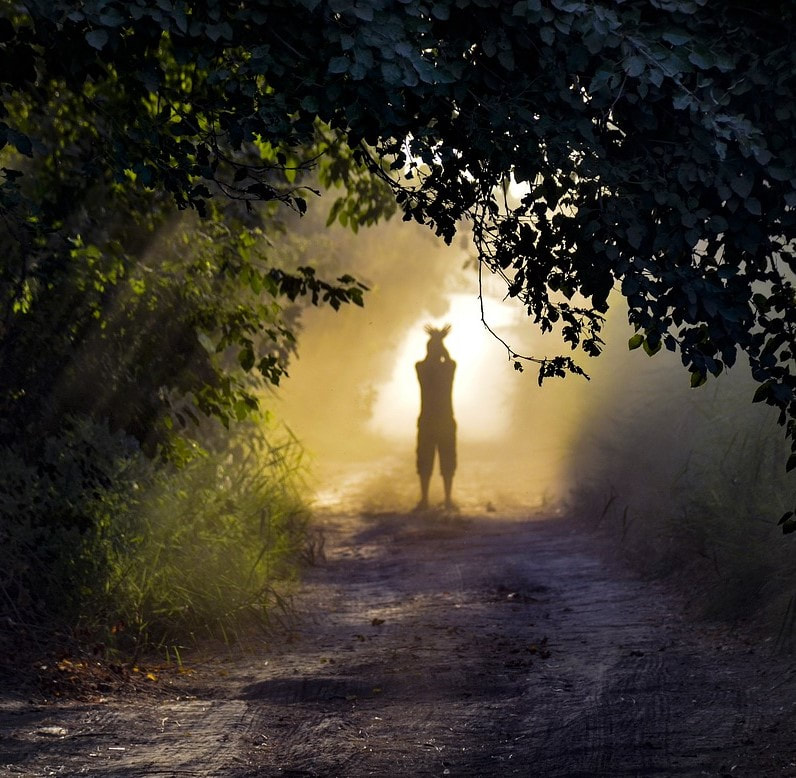


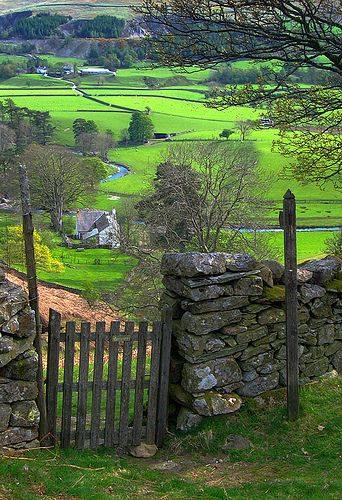
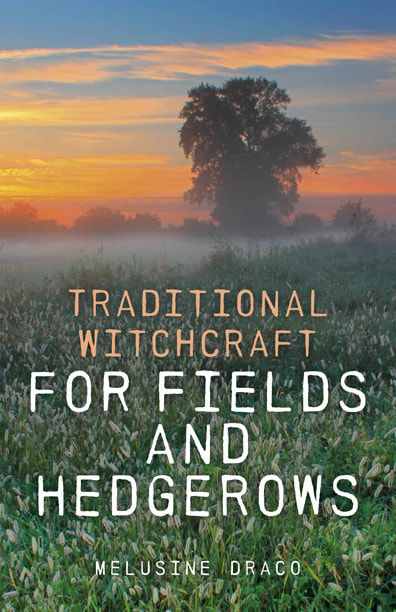
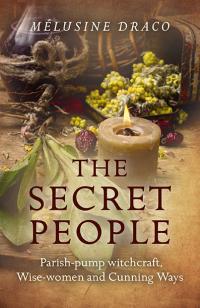
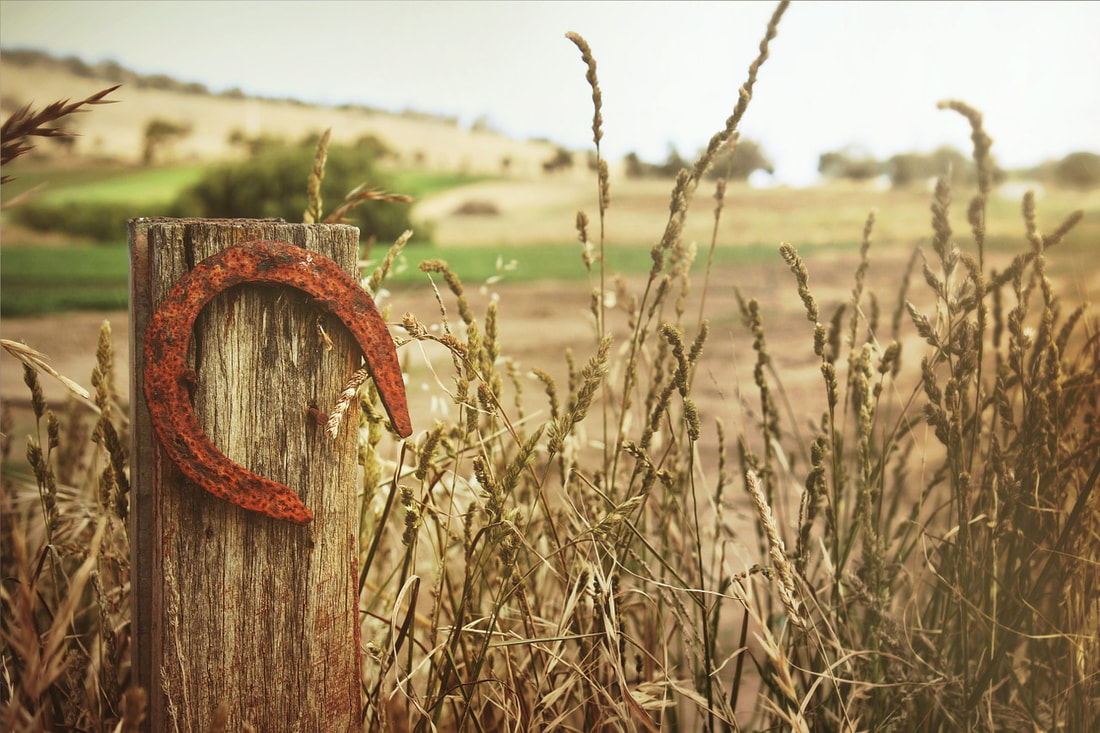
 RSS Feed
RSS Feed